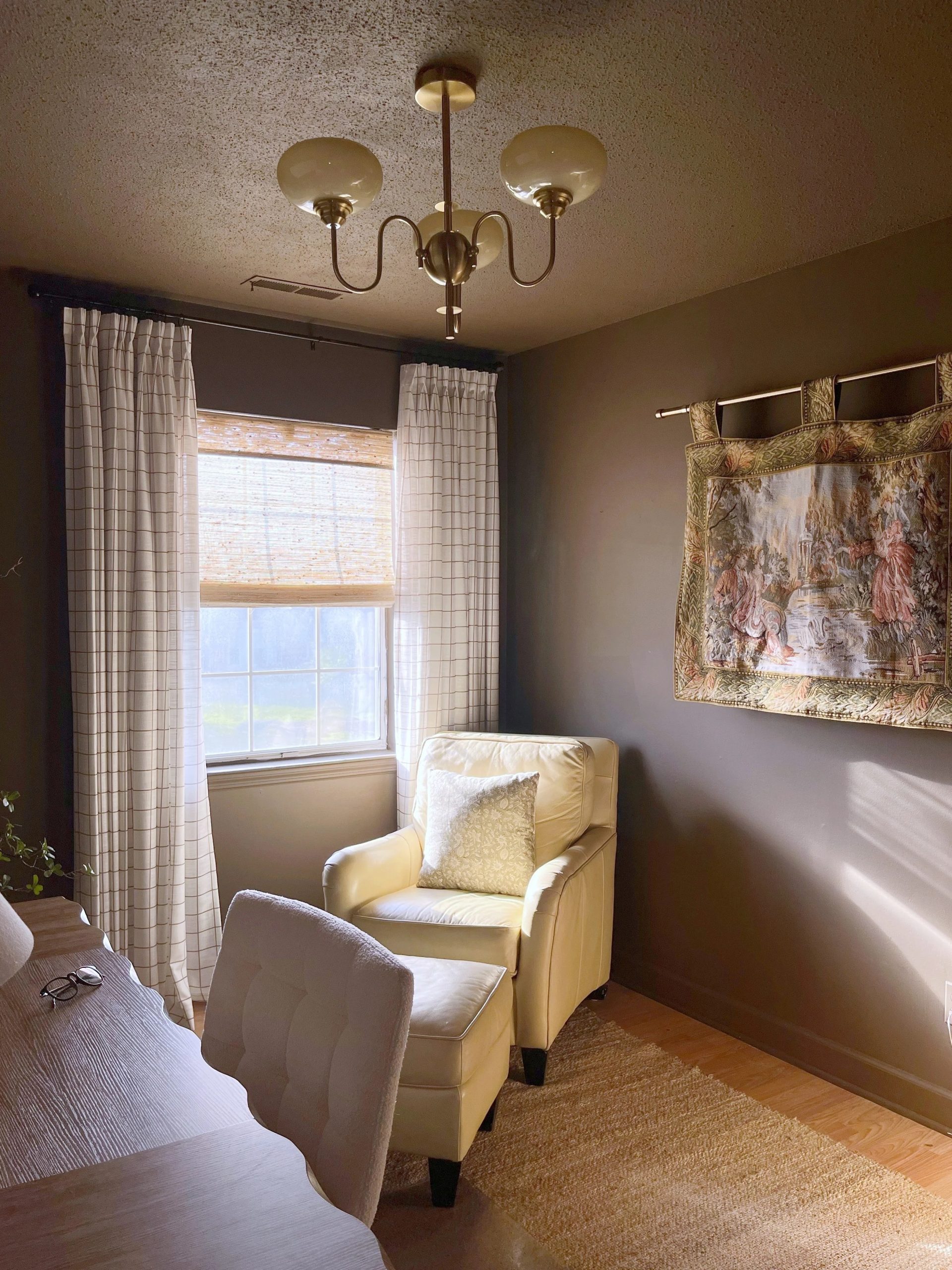Curtains can completely transform a room. They’re not just functional they frame your windows, add softness to your walls, and set the mood of your entire space. But before you fall in love with that dreamy pair of linen panels or those elegant neutral curtains, there’s one crucial step that can make or break your design: measuring correctly.
If you’ve ever hung curtains that looked too short or too narrow, you know the disappointment. Measuring for curtains might sound intimidating, but once you understand the basics, it’s surprisingly simple. Whether you’re installing new drapes, roman shades, or layering neutral curtains for a soft and cohesive look, precise measurement ensures your space feels balanced and intentional.
Why Measuring Matters?
Curtains that fit perfectly create a sense of proportion and flow. When they’re too short, they can make the ceiling feel lower. When they’re too narrow, they can make a window look smaller than it is. And if they hang awkwardly, they throw off the symmetry of your decor.
That’s why learning How to Measure For Curtains is essential it’s the foundation of creating a polished, designer-quality look at home.
Step 1: Choose Your Mounting Style
Before you pick up a tape measure, decide where you want to hang your curtain rod. The placement determines how grand or casual your space will feel.
- Outside Mount (Recommended for Most Rooms)
Hang your curtain rod above and beyond your window frame. This makes the window look larger and allows more natural light when curtains are open.- Mount the rod 4–6 inches above the top of your window frame.
- Extend the rod 3–6 inches beyond each side of the frame.
- Inside Mount (For a Clean, Minimal Look)
This option fits the curtain inside the window frame — ideal for sleek designs or layered looks, especially if you’re pairing with neutral curtains or roman shades.- Measure the exact width and height of the window opening for this fit.
Step 2: Measure the Width
When learning how to measure for curtains, width is where people often go wrong. You want your curtains to have fullness — that elegant, gathered look when they’re closed.
- Measure the curtain rod (not the window).
- For the ideal look, multiply the rod width by 1.5 to 2 times for standard fullness, or even 2.5 times for a luxurious drape.
Example:
If your curtain rod is 60 inches wide, your total curtain width should be between 90 and 120 inches (so each panel would be around 45–60 inches wide).
This ensures your neutral curtains or patterned drapes look lush and not flat when drawn.
Step 3: Measure the Length
Now comes the part that defines your curtain style — how long they hang. Here are three classic looks to consider:
- Floating Length
The curtains hang about ½ inch above the floor. Perfect for easy cleaning and everyday practicality. - Kissing Length
The fabric just touches the floor — a designer favorite for a tailored, elegant look. - Puddling Length
The curtains extend 2–4 inches (or more) beyond the floor. Romantic, dramatic, and perfect for creating softness in traditional or neutral interiors.
Tip: Always measure from the top of the curtain rod to the floor (or to where you want your curtain to end). If your curtain has rings or clips, include those in your measurement for accuracy.
Step 4: Consider Curtain Heading Styles
The way your curtain attaches to the rod affects both its look and how you measure.
- Rod Pocket: Measure from the top of the rod pocket to the floor. The fabric will gather naturally.
- Grommet: Measure from the top of the grommet opening, not the fabric edge.
- Pinch Pleat: Measure from the top of the pleat hook.
- Ripple Fold: These modern, wavy drapes need precise track measurements for the perfect flow.
If you’re using Neutral Curtains with ripple folds or pleats, their soft wave lines will enhance the calm, airy look that neutral tones are known for.
Step 5: Add Extra for Style and Light Control
Want your curtains to look more high-end? Go a little wider and hang them higher.
- Mounting your rod closer to the ceiling makes the room feel taller.
- Extending it further beyond the window frame allows more light when the curtains are open.
For instance, pairing sheer neutral curtains behind heavier blackout panels gives you flexibility soft daylight when open, privacy and coziness when closed.
Bonus Tip: Layer with Neutrals
Once you’ve mastered how to measure for curtains, consider layering textures and tones. Pair neutral curtains in shades of beige, ivory, or gray with woven blinds, bamboo shades, or sheer drapes. This layering not only adds depth but also makes your windows look professionally styled.
Neutral layers are timeless they match any wall color, complement any season, and evolve effortlessly as your decor changes.
Step 6: Double-Check Everything
Before placing an order, recheck your measurements twice! Mistakes happen easily, especially if you’re switching between inside and outside mounts.
Write down:
- Rod width (including extra inches on each side)
- Desired curtain length (from rod to floor)
- Curtain fullness factor (1.5x, 2x, etc.)
Taking these extra few minutes will save you both time and frustration — ensuring your neutral curtains or statement drapes hang beautifully right from day one.
Why Perfect Measurement Makes a Difference?
When curtains are measured and hung correctly, your entire space transforms. The room feels taller, the windows seem wider, and light flows more gracefully. It’s the kind of quiet design detail that elevates even the simplest decor especially when working with neutral curtains that rely on proportion and softness rather than bold color.
The right measurement turns good curtains into stunning ones. It’s not just about covering windows it’s about creating balance, warmth, and flow in your space.







Leave a comment